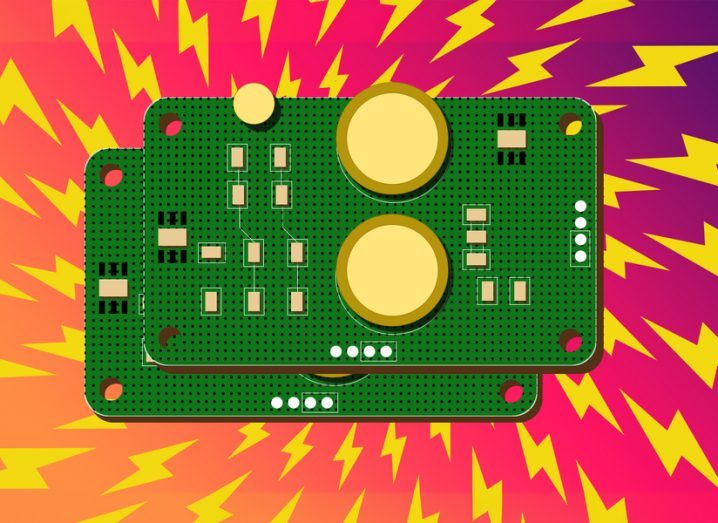
Image: Christine Daniloff / MIT
The sensor framework described in a recent journal by MIT scientists can also use other sources of energy such as vibrations or sunlight.
Scientists have created a new type of sensor that does not require a battery to work but can instead harvest energy from its environment by being clipped on to a wire.
This temperature-sensing device, developed by researchers at Massachusetts Institute of Technology (MIT), that can source its energy from the magnetic field generated by electricity passing through a wire.
By simply being clipped onto a wire, the sensor can gather data generated on a machine’s power consumption and operations for long periods of time, such as inside a ship’s engine, which is typically hard to reach and where getting access to power is difficult.
“This is ambient power – energy that I don’t have to make a specific, soldered connection to get,” said Steve Leeb, senior author of a paper on the sensor published in IEEE Sensors Journal. “And that makes this sensor very easy to install.”
Leeb, a professor of electrical engineering and computer science at MIT, was joined by lead author Daniel Monagle and Eric Ponce, both graduate students at the university. Their paper lays out a roadmap for the key components of a device that can sense and control the flow of energy continually during operation.
Such sensors can harvest energy from not only magnetic field energy but also other sources such as vibrations or sunlight. MIT said the technology could be used to build an efficient network of sensors in factories, warehouses and commercial spaces.
“We have provided an example of a battery-less sensor that does something useful and shown that it is a practically realisable solution. Now others will hopefully use our framework to get the ball rolling to design their own sensors,” explained Monagle.
“You might not even have the luxury of sending out a technician to replace a battery. Instead, our system is maintenance-free. It harvests energy and operates itself.”
One of the most potent uses of this sensor is in the monitoring of ship systems, where there are strict restriction on what equipment can be plugged in, according to John Donnal, associate professor of weapons and controls engineering at the US Naval Academy.
“Persistently measuring the vibration of a pump, for example, could give the crew real-time information on the health of the bearings and mounts, but powering a retrofit sensor often requires so much additional infrastructure that the investment is not worthwhile,” said Donnal, who was not involved in the study.
“Energy-harvesting systems like this could make it possible to retrofit a wide variety of diagnostic sensors on ships and significantly reduce the overall cost of maintenance.”
10 things you need to know direct to your inbox every weekday. Sign up for the Daily Brief, Silicon Republic’s digest of essential sci-tech news.





